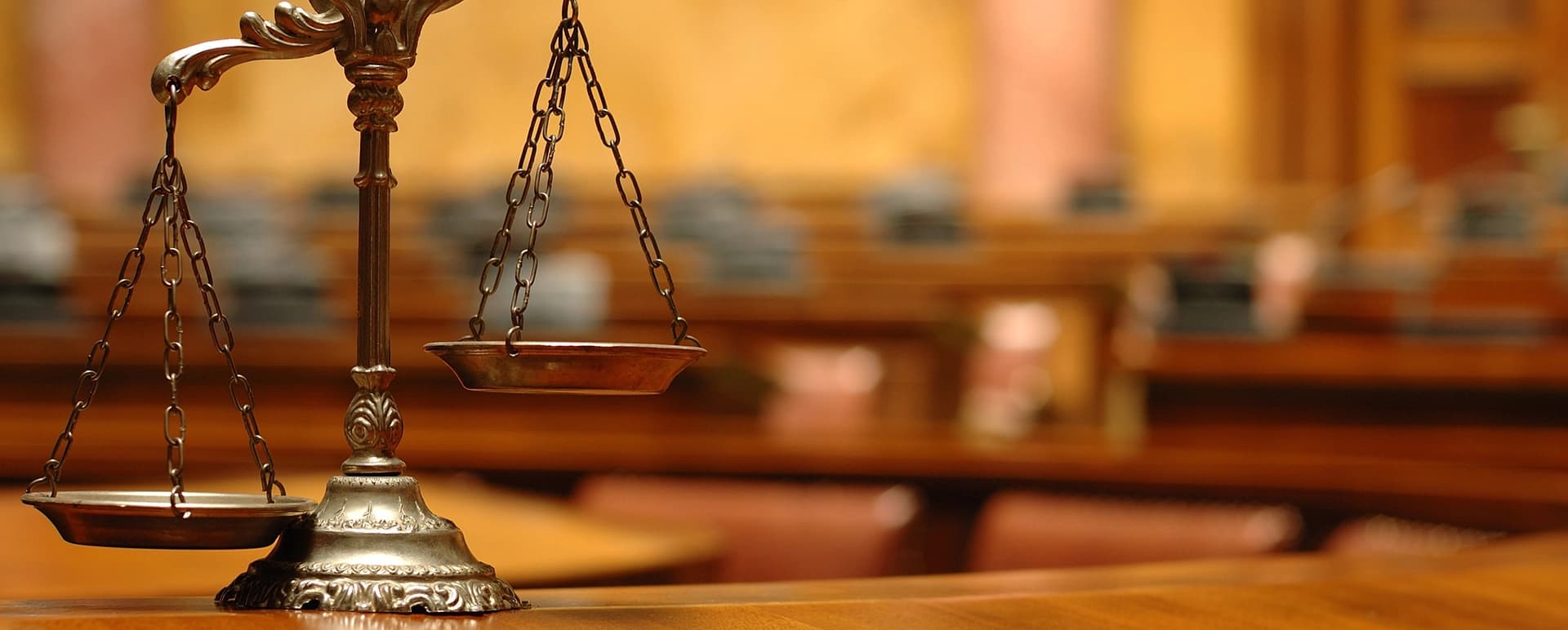Trial Presentation Specialized Assistance for Persuasive Legal Arguments
Mesmerize the Jury: Necessary Components of a Powerful Test Presentation
In the realm of lawful advocacy, the capacity to captivate a court is paramount to the outcome of a trial (trial presentation). Necessary elements such as comprehending the target market, crafting a compelling narrative, and mastering spoken and non-verbal interaction are critical components of an efficient presentation. The strategic use of visual aids can substantially enhance comprehension and retention of crucial arguments. As these elements link, they develop a natural strategy that not only notifies however also involves jurors on numerous levels. What specific techniques can truly change a basic presentation into a remarkable experience for the jury?

Recognizing Your Audience
Understanding your target market is an essential aspect of efficient trial discussion. An effective discussion pivots on the capacity to grasp the demographics, values, and predispositions of jurors. This comprehension notifies just how disagreements are framed, evidence exists, and sob stories are crafted, ensuring that the message resonates with the jurors on a personal degree.
Research suggests that jurors come from varied backgrounds and might have differing levels of recognizing concerning legal process. Additionally, comprehending the jurors' prospective prejudices and life experiences enables the test speaker to prepare for objections and address issues proactively.
Efficient trial presentation additionally involves observing jurors' responses throughout the process. Involving with jurors as people rather than a collective device is essential in promoting a solid connection in the court.

Crafting an Engaging Narrative
Crafting a compelling story is important in assisting jurors with the complexities of a situation. A well-structured story not just simplifies elaborate legal ideas but also involves jurors on a psychological level, making the information much more relatable and remarkable.
This message must resonate with the jurors' worths and experiences, fostering a link that goes beyond mere realities. This sequential approach can assist jurors follow the development of events, stressing cause and impact.
Including human components-- such as personal tales or anecdotes-- can further enhance the story's effect. These elements evoke compassion, enabling jurors to visualize the consequences of the case on realities. Furthermore, utilizing a regular style throughout the discussion strengthens the primary debate, making it less complicated for jurors to retain crucial points.
Inevitably, a compelling story changes a test discussion from a simple recounting of facts into a convincing tale that captivates the jury, urging them to mull over with both factor and feeling.
Making Use Of Visual Help
Including aesthetic help into a test discussion can substantially boost jurors' understanding and retention of details. Aesthetic materials such as graphes, representations, pictures, and video clips can change complicated lawful ideas and proof into conveniently absorbable styles. By engaging several detects, these aids allow jurors to envision the situation's crucial elements, making it less complicated for them to follow along and understand detailed details.
Furthermore, properly designed aesthetic aids can highlight crucial points Read Full Report and emphasize partnerships in between different items of evidence. Timelines can properly show the sequence of occasions, while annotated images can make clear certain details pertinent to the case. This not just help in understanding but also reinforces the story presented by the lawyer.
Extremely complicated or chaotic visuals may overwhelm jurors and detract from the message. Inevitably, effective aesthetic interaction can be an effective device in convincing jurors and aiding them get to notified final thoughts.
Understanding Verbal Interaction
Effective spoken interaction is essential in a trial discussion, as it offers as the key methods with which attorneys communicate their disagreements and connect with jurors. Simplicity in language cultivates understanding and helps jurors grasp complicated problems presented during the trial.
Furthermore, tone and pacing dramatically influence how messages are gotten. A certain tone shares authority, while suitable pacing enables jurors to soak up info without really feeling bewildered. Lawyers must also vary their vocal inflections to emphasize key points and keep jurors' passion throughout the discussion.
Additionally, the organization of spoken debates is vital. Structuring the narrative logically and coherently aids jurors follow the lawyer's line of reasoning, making it simpler for them to maintain critical info. Using convincing techniques, such as narration, can additionally improve the psychological vibration of the disagreements provided, thereby developing a much more profound link with jurors.
Ultimately, understanding spoken interaction not only enhances a lawyer's case but likewise cultivates trust fund and connection with the court, considerably enhancing the opportunities of a desirable verdict.

Involving With Body Movement
Nonverbal interaction plays an important function in trial presentations, typically communicating messages that words alone can not share. Body movement, including motions, stance, facial expressions, and eye contact, significantly affects how jurors perceive the reliability and genuineness of the speaker. A confident position, with shoulders back and an open pose, can infuse depend on, while closed-off body movement may recommend defensiveness or unpredictability.

Faces ought to mirror the feelings related to the instance, reinforcing the story being provided. A sincere expression throughout a touching minute can generate empathy and reinforce the emotional charm. Eventually, understanding body movement is necessary for reliable test presentations, as it boosts verbal communication and develops an engaging presence that resonates with the jury.
Verdict
To conclude, astounding the court demands a strategic approach that encompasses understanding the target market, crafting a compelling story, making use of visual help, understanding verbal communication, and involving via body language. Each aspect plays a critical function in developing an effective trial discussion that reverberates with jurors on both psychological and intellectual levels (trial presentation). By incorporating these components properly, attorneys can substantially enhance their capacity to convince and affect jury decision-making